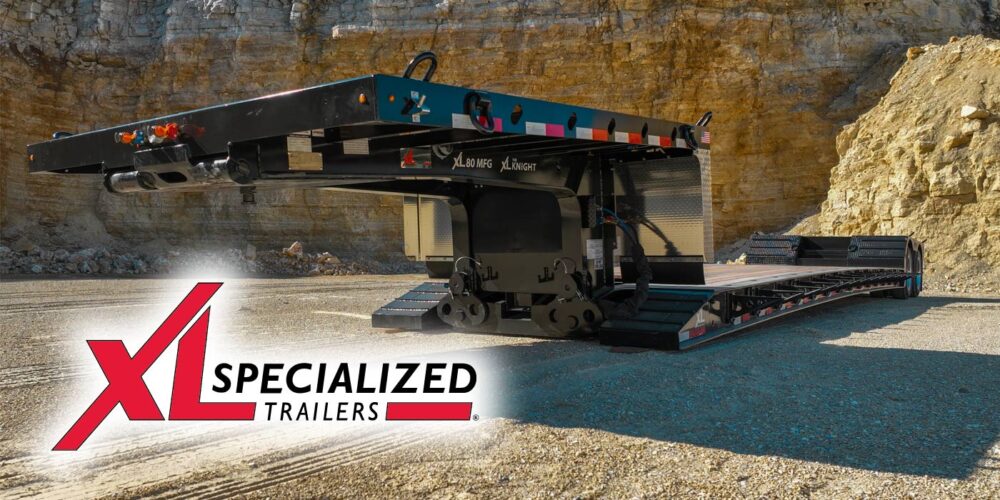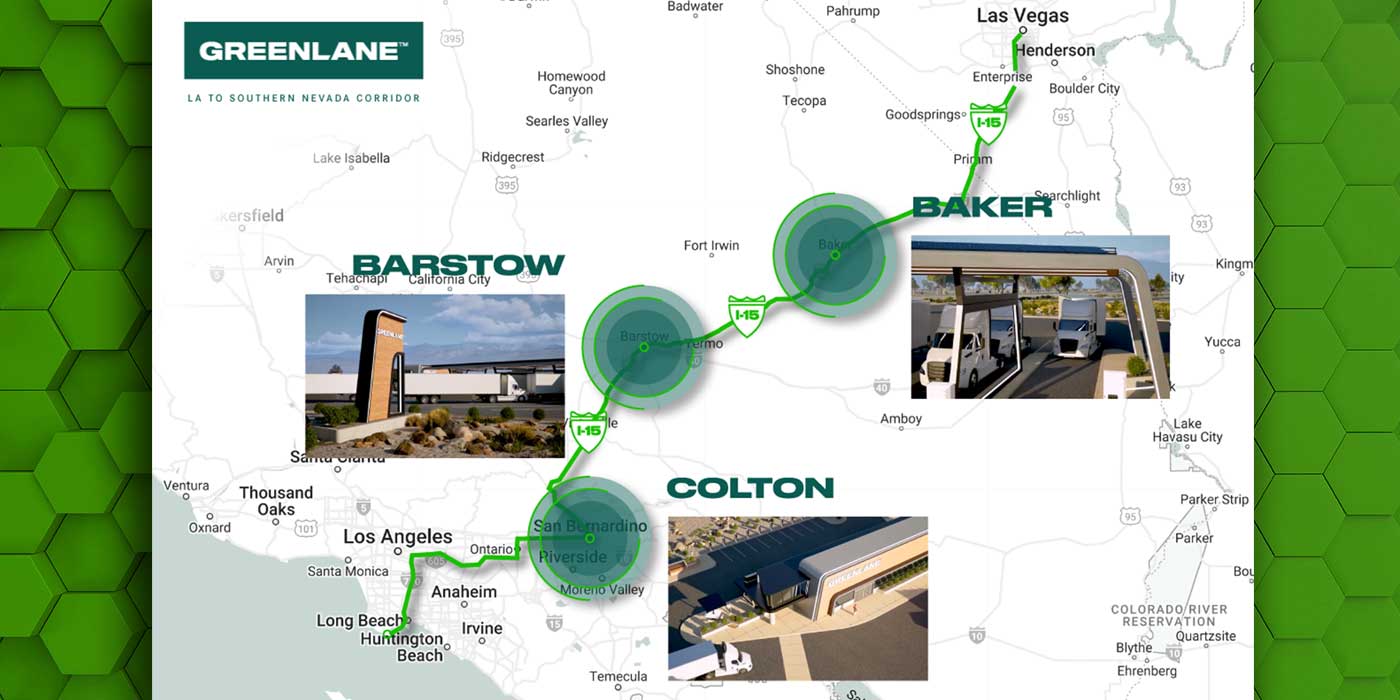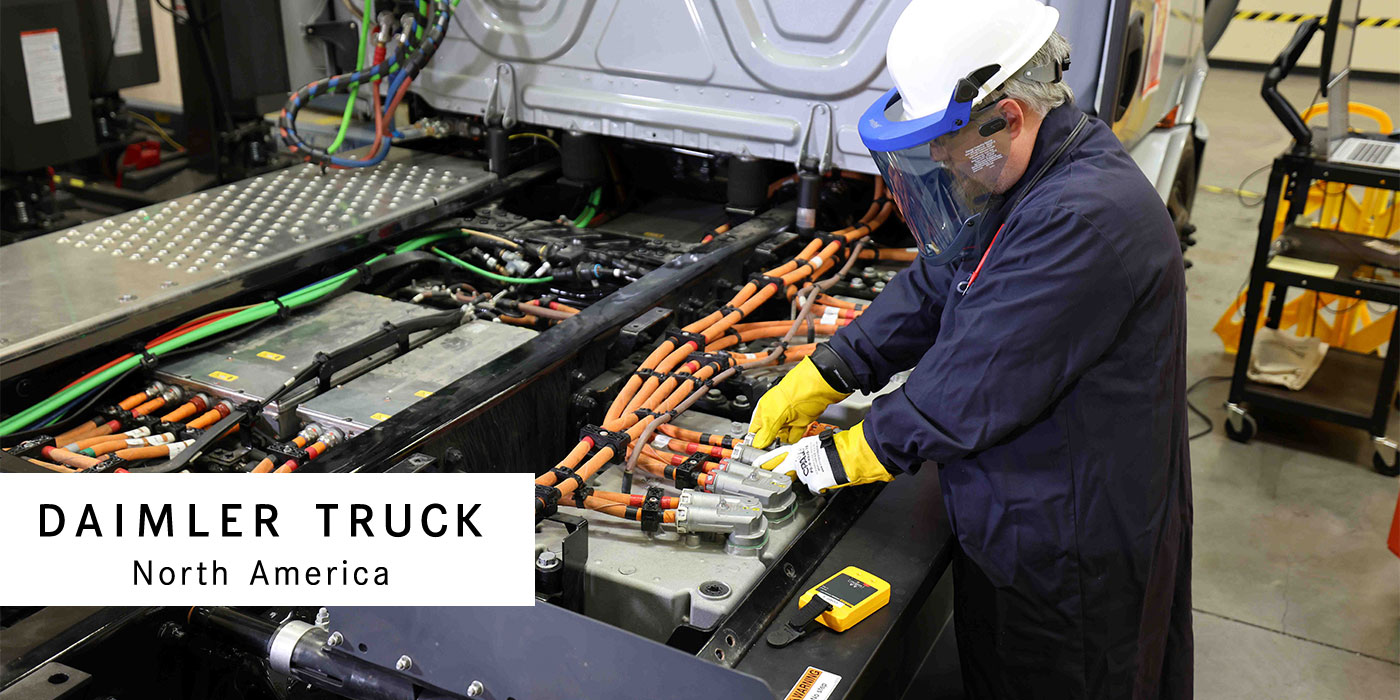This year’s State of Sustainable Fleets Market Brief, released at the 2023 Advanced Clean Transportation (ACT) Expo shows evidence that public funding and policies for new diesel engine development programs are moving towards a sunset, while the adoption of renewable fuels and zero-emission commercial vehicle (ZEV) technology drivetrains is accelerating. While diesel vehicles will continue to lead for many years, the report predicts that most heavy-duty OEMs will join Daimler Truck North America and Navistar in announcements that signal the end of the diesel era due to new regulatory and demand signals.
The report suggests that the past 18 months especially have produced early signals that the era of the diesel engine is near. For example, The U.S. Environmental Protection Agency (EPA) finalized a heavy-duty engine rule in late 2022 that sets the “strictest national standards ever on emissions that contribute to air pollution,” according to the report. It joins a similar rule previously passed in California and is expected to add tens of thousands of dollars to the cost of a diesel tractor.
The report was prepared by clean transportation and energy consulting firm Gladstein, Neandross & Associates (GNA). Daimler Truck North America, Penske Transportation Solutions, and Shell served as the title sponsors of this year’s report, while Dana served as a supporting sponsor.
Public policy, funding shifts to ZEVs
The federal government and California have passed rules requiring that diesel engines cut NOx emissions by 80%, and a total of 13 states and the District of Columbia have passed or are considering some form of California’s 2020 Advanced Clean Trucks (ACT) mandate on vehicle manufacturers to begin selling ZEVs. The report suggests that these same states will be expected to consider California’s Advanced Clean Fleets (ACF) mandate that passed in April, which requires many vehicle fleet operators to begin transitioning to ZEVs as early as 2024.
“You might think, ‘It’s only 13 states, it’s it’s only about 25% of the states out there,’ but about 40% of the US population lives in those 13 states, and those 13 states account for about half of the economic activity in the United States,” said Erik Neandross, CEO of GNA, during ACT Expo’s keynote address. “If you think about that, by default that means there’s a lot of trucks being bought sold and operated in those thirteen states, and what we think will happen is these ultra-aggressives mandates that are being put forward by the regulators are going to change the landscape within which we operate.”
Most of these same policymakers have directed historic levels of funding, averaging $32 billion per year for the next four to five years, to support vehicle purchases and install infrastructure that is mostly aimed at ZEVs, the report says.
“If you look at all the different funding that’s out there, typically we see about $3 billion a year of public incentives available to these markets. That number is going to jump to $32 billion a year each year for each of the next four to five years–a 10X increase in the amount of investment that’s being pushed into this space,” Neandross said during the keynote. “That’s going to be pretty impactful. We’re starting to see that already help move the market, and we’re starting to see big orders being placed. We tracked about 30,000 battery electric commercial vehicle orders in 2022.”
In addition, the report states that the EPA’s Clean Trucks Plan, passed at the end of 2022, joins California’s even more stringent Heavy-Duty Low NOx Omnibus with requirements that take effect as early as 2024 in California and 2027 nationally.
“Engine manufacturers that have evaluated the solutions that will be needed to meet these requirements, including rigorous new testing procedures and longer useful life and warranties, expect compliance to add tens of thousands to the cost of a new diesel tractor, while likely requiring additional ongoing maintenance,” the report states. “In anticipation of a transition to new technologies that these and other signals have brought about, leading HD manufacturer Daimler Truck North America [DNTA] announced the ‘beginning of the end of the diesel era’ and rival Navistar signaled plans to sunset their diesel development programs starting in 2027.”
The value of renewables stays strong
The report states that the average per-gallon prices of gasoline and diesel rose by 41% and 56%, adding $0.80/gal and $1.50/gal to fueling bills, respectively, in 2022. While biodiesel (BD) blends and renewable diesel (RD) also saw prices increase last year, the report states that the highest BD blends offer about 5% savings compared to diesel, and fleets report equivalent-or-better prices for RD in states with carbon credit markets.
“Fleets that have adopted diesel alternatives can use BD to replace up to 20% of their diesel consumption, while RD is effectively a 1:1 replacement, and those same fleets in the annual survey report a preference for them when costs are near or at parity with diesel,” the report states. “Combined with efficiency technologies and practices, where most fleets can achieve an average 16% improvement in fuel economy and up to 9.6 miles per gallon with the newest tractors, these technologies offer cost and emissions benefits for many fleets that they can ‘drop-in’ to their existing diesel fleet.”
Backing up the resiliency of renewable fuels into the future, the report states that U.S. RD production doubled from 2021 to 2022, to 800 million gallons.
“That has allowed for the market penetration of that drop-in, low carbon fuel within the market,” Neandross said during the keynote. “We’re starting to see a lot of folks make some big announcements about using renewable diesel.”
In addition, renewable natural gas replaced nearly all fossil natural gas in California transportation for the second year in a row, the report states. On the demand side, the report says, national RD consumption increased by more than 45% for the second year in a row, and it represented 83% of all bio-based diesel consumed in transportation in California for the first three quarters of 2023.
For the first time since the inception of the annual State of Sustainable Fleets survey of fleets, more fleets report using RD than BD, the report states.
CNG, propane cost advantages
The report states that in 2022, CNG averaged $2.73 per diesel gallon equivalent, and propane averaged $2.10 per-gasoline-gallon equivalent compared to an average of $5.78/gallon and $4.79/gallon for diesel and gasoline, respectively. Both fuels are supported with new vehicle options entering the market in 2024 that expand these technologies for additional applications. One example of this comes from PACCAR, which has already announced plans to work with Cummins to offer the new Cummins X15N natural gas engine with its Kenworth and Peterbilt brands.
Interest in electrification is high despite deployment barriers
According to respondents to a survey distributed by GNA, 65% of surveyed fleets have used a BEV in the past two years and 92% of fleets with BEVs intend to grow their use in the next five years. Orders for medium-duty vehicles were nearly 30,000 in 2022 (a surge of 640%) and demand for heavy-duty vehicles remained steady overall, with tractor and transit vehicles seeing orders in the mid-hundreds and school bus orders climbing to 2,400. BEVs currently comprise an average of 4% of a fleet’s vehicle population per survey results.
Despite this growth, supply chain disruptions, high costs, and infrastructure availability and reliability persist as barriers to larger deployments, the report states.
- Supply chain barriers: Ford paused Lighting orders temporarily and Rivian slashed production targets, while Lightning eMotors reoriented to focus on repowers—three examples of manufacturers adapting to ongoing supply chain troubles. The more mature passenger car market saw raw materials costs rise 140% between May 2020 and May 2022, while battery prices rose by at least 14%.
- Cost barriers: The base price of a Class 8 BEV tractor is approximately $350,000 to $500,000, or three to five times the price of a new diesel truck.
- Infrastructure barriers: Fleets that overcome the vehicle price barrier can still face multi-year queues for electrical service and concern over charging during flex alerts and rolling brownouts and blackouts. Government and the trucking industry have committed billions of dollars to infrastructure development in 2022 to bridge the gap, but grid capacity must grow by 60% before 2030 to meet national electrification goals, the report states.
Hydrogen investments
The supply and infrastructure for hydrogen as a transportation technology continues to grow, according to the report. The public hydrogen station network grew 12% and the first plans to build station networks outside of California were announced for the central, mid-Atlantic, and southwestern U.S. The report suggests that hydrogen fuel production projects announced in 2022 will add more than 900 metric tons per day of hydrogen capacity by 2023.
“The U.S. Department of Energy (DOE) projects that the need for electrolyzer capacity, a technology that most experts consider essential to producing renewable hydrogen, must grow by 1,600%,” the report states. “The DOE will make a decision late this year on project applications to distribute $8 billion in funding designated by the IIJA to develop six to 10 regional ‘hubs’ of production and distribution, several of which are expected to focus on renewable hydrogen.”














